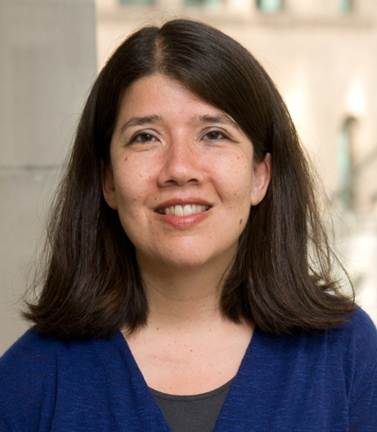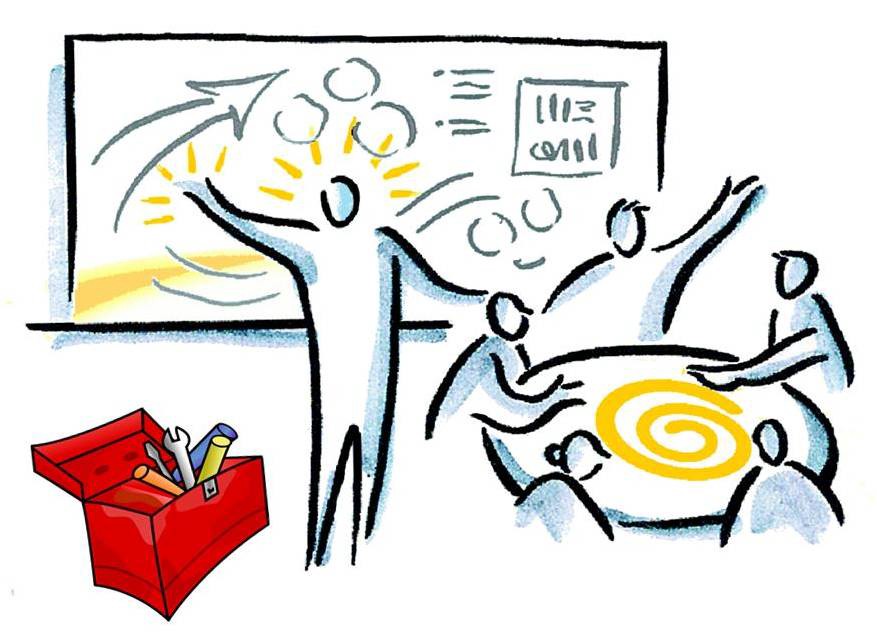Are You Playing with a Full Deck?
Ambassador. Facilitator. Strategist. What do these words have in common? They are among the many roles played by family foundation CEOs during their day-to-day work as funders. At the recent Council on Foundations’ Family Foundations Conference in Miami Beach, the National Center for Family Philanthropy used GrantCraft’s Roles@Work deck to kick off their CEO retreat.
These roles and others – disturbance generator, idea mover – had been identified by family foundation CEOs as the ones they play most frequently and those they wanted to improve. As family foundation leaders arrived at the retreat, they were instructed to pick a role out of a fishbowl. Four other participants also randomly plucked out that role, and their opening task was to circulate around the room in a meet-and-greet fashion to find their “role-mates.”
Once they found the others, a set of discussion questions were posed for each of 13 role groups:
- What do you find enjoyable about this role? What’s challenging?
- How important is this role to what you do?
- Who are your audiences for this role?
- How has this role played out well and not well in specific situations?
- Has this role conflicted with other roles you play at work? How?
The roles discussed drew from the retreat participants’ own experiences and Ginny Esposito’s research in The Family Foundation CEO: Crafting Consensus Out of Complexity. Family foundation CEOs (and all funders) wear many different hats, but rarely have an opportunity to think explicitly about these roles. Used as a substantive ice breaker, this Roles@Work exercise set a tone for participants to reflect on personal strategy and effectiveness at the front end of a content-rich couple of days. During the report-out, insights were shared with the full group.
In the ambassador discussion, an executive director said, “I operate in a small town and serve as the ambassador for the family. The danger is if the community comes to see this as my foundation. It’s fatal to go around saying ‘my foundation’ when you’re not family.”
Those who picked the facilitator role articulated the vital but frequently underappreciated effort required. One participant noted, “When I picked facilitator, I immediately thought of what it takes to make our board meetings work – how to make sure it’s a smooth, four-hour meeting – so that we really get stuff done across three generations.”
The five foundation CEOs who drew the strategist nametags clearly relished the role. One explained, “The upside of the strategist role is creativity, using your mind, and having resources to focus on systems, planning, and programming. The challenge comes in selling it to a board that may or may not be interested.”
In the groups with more creatively named roles, participants took time to define what they meant and how they played out on the ground. “My background is as a consultant,” said a foundation president, “so I tend to reframe the disturbance generator role as ‘constructive provocation.’ You have to ask the right questions. A good answer to the wrong question isn’t useful.”
In the idea mover group, a CEO spoke of being comfortable with the role in one direction, but less so the other way. “I do my due diligence on ideas that I bring back to the foundation and use them motivate my team, but I have some trouble being able to move the foundation’s ideas externally.”
Like other GrantCraft tools, the role cards are based on stories from funders from all kinds of foundations and are meant to spark discussion and share practical wisdom. Colleagues have used them in conference settings, with small networks of peers from other foundations, and at staff or staff/board gatherings within one foundation. In his recent blog post from the NCFP retreat, Tony Macklin pointed out a role that’s missing from the Roles@Work deck: community builder.
From my previous life as funder, three additions come to mind: dream encourager, reality checker, and sense maker. Do any of these four roles resonate with you? What else is missing? Let us know what roles you would add.



